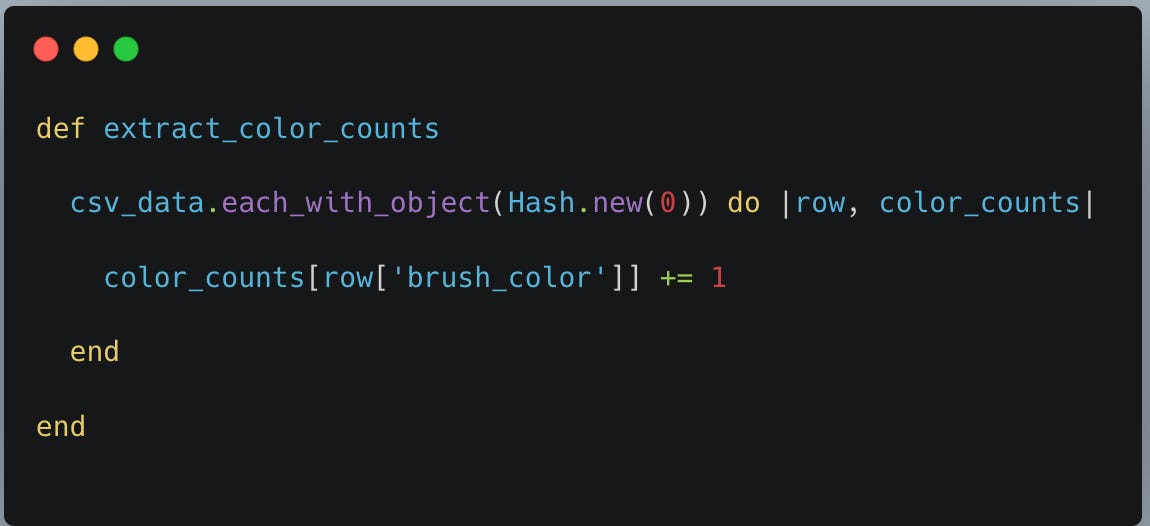It was 3 AM when I finally admitted defeat. Our insurance processing module – lovingly nicknamed "The Blob" by our team – had claimed another victim.
A simple feature request had turned into a 5-hour debugging session, and I was done.
You know that moment when you realize you've been doing it wrong all along? This was mine.
In this issue, I'll take you through our team's journey from chaos to clarity. You'll see the exact steps we took to tame a 1,500-line monster into a maintainable codebase, complete with the mistakes we made along the way (spoiler: there were many).
🚀 What you'll learn:
How to spot the warning signs of code that needs refactoring
The "start small" approach that won over our skeptical team lead
A simple 5-minute refactoring technique you can use tomorrow morning
Real before/after examples from our production code
The Code That Made Developers Cry
Picture this: A two-year-old insurance processing module. 1,500 lines of Ruby code that made new developers question their career choices. "It works," my colleague said, "just don't touch it."
Here's what we were dealing with:
💡 Warning Signs We Ignored:
- Methods longer than your coffee break
- Comments explaining what the code does (instead of why)
- The sacred "don't touch it" mantra
- That nervous feeling every time you needed to make changes
The Turning Point: Small Wins, Big Impact
Instead of a complete overhaul (which our team lead vetoed faster than you can say "deadline"), we started small. Really small.
### Quick Win #1: Extract Those Methods
Before:
After:
🎯 Impact:
- Code review time dropped by 30%
- New team members started contributing in days, not weeks
- Test coverage improved naturally
The Aha Moment: When Clean Code Started Making Sense
Remember my 3 AM debugging session? Here's what I discovered: Every time we were afraid to touch the code, it was trying to tell us something. Those code costs weren't just annoying – they were expensive.
Real Numbers from Our Team
- Before: 4.5 hours average time to add a feature
- After: 1.5 hours average time
- Bug reports dropped by 45%
- Team confidence (measured in fewer "😰" emojis in Slack): Up 200%
From Chaos to Clarity: The Final Result
Here's where we ended up:
🎉 What Changed:
- Single Responsibility Principle in action
- Clear boundaries between components
- Testable, maintainable code
- Happy developers (and a happier team lead)
Monday Morning Action Items
1. Start Small (5-Minute Wins)
- Extract one long method into smaller, focused methods
- Remove one redundant comment
- Add one meaningful test
2. Spot the Smells
- Look for methods longer than 20 lines
- Find duplicated code blocks
- Identify complex conditional logic
3. Build Team Buy-In
- Share before/after examples
- Measure and share improvements
- Start with non-critical code
Your Turn!
The "Spot the Code Cost" Challenge
Take a look at this code snippet. How many code costs can you find? Share your findings in the comments!
💬 Join the Discussion:
- What's your worst "don't touch it" code story?
- How do you convince skeptical team members to embrace refactoring?
- What's your go-to refactoring technique?
What's Next?
I am still trying to figure out what to post next, but a recent conversation with a friend suggested it might be related to TypeScript and express.js. Subscribe now to get it in your inbox!
Happy coding!







